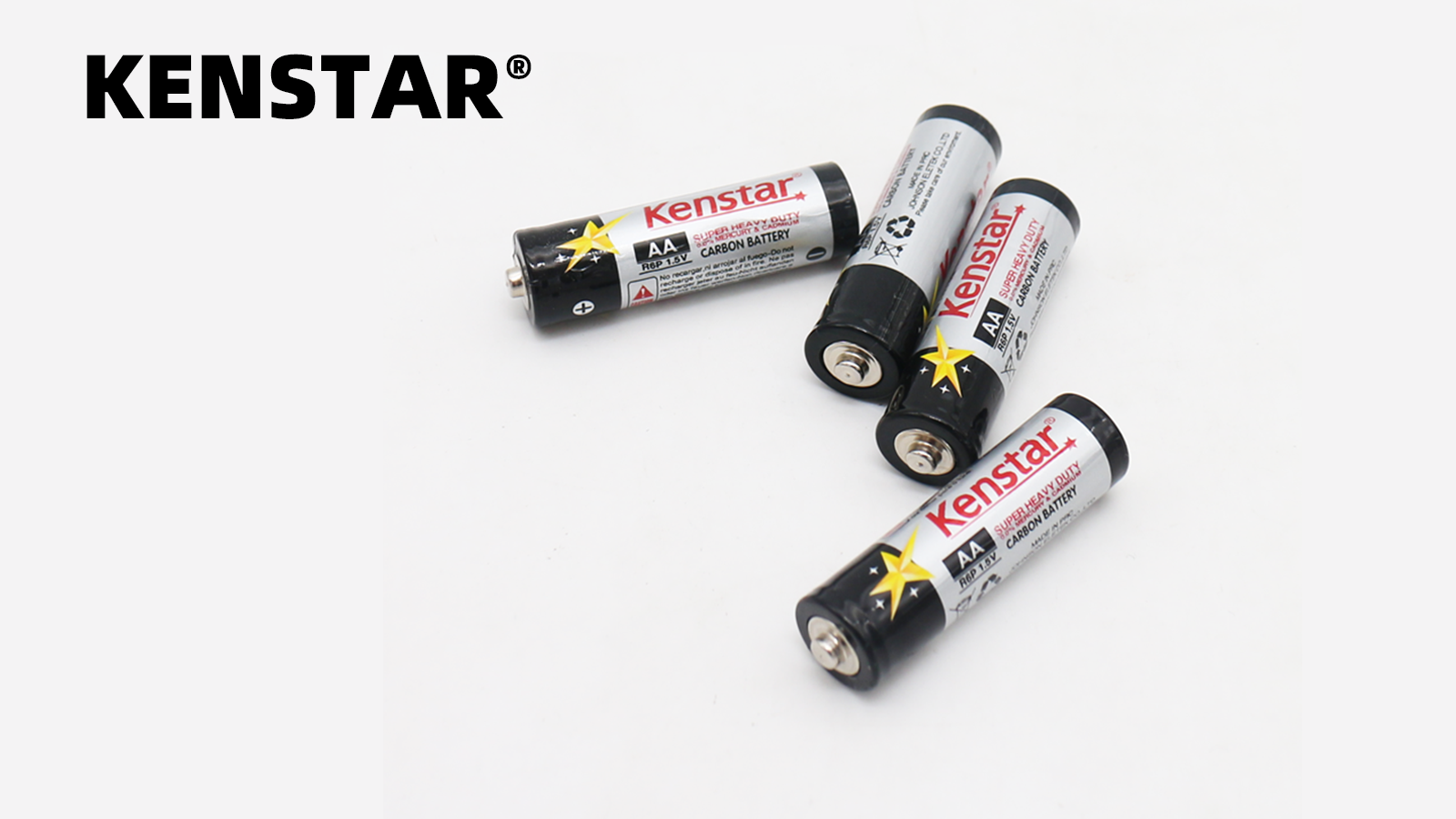Internal Material
Carbon Zinc Battery: Composed of carbon rod and zinc skin, although the internal cadmium and mercury are not conducive to environmental protection, but the price is cheap and still has a place in the market.
Alkaline Battery: Do not contain heavy metal ions, high current, conducive to environmental protection, is the future direction of battery development.
Performance
Alkaline Battery: Much more durable than carbon batteries.
Carbon Zinc Battery: Much more widely used than alkaline battery, carbon battery capacity is small.
Structure Principle
Carbon Zinc Battery: Suitable for small current discharge.
Alkaline Battery: Large capacity, suitable for high current discharge.
Weight
Alkaline Battery: 4-7 times the power of carbon battery, 1.5-2 times the price of carbon, suitable for high-current appliances, such as digital cameras, toys, razors, wireless mice, etc.
Carbon Zinc Battery: It will be much lighter and suitable for low current appliances, such as quartz clock, remote control, etc.
Shelf Life
Alkaline Batteries: Manufacturers’ shelf life is up to 5 years, and even longer up to 7 years.
Carbon Zinc Battery: The general shelf life is one to two years.
Material And Environmental Protection
Alkaline Batteries: Suitable for high discharge volume and long time use; based on its environmental protection, no recycling.
Carbon Zinc Battery: Low price, safe and reliable, but still contain cadmium, so they must be recycled to avoid damage to the global environment.
Liquid Leakage
Alkaline Battery: The shell is steel, and does not participate in chemical reactions, rarely leaks liquid, shelf life is more than 5 years.
Carbon Zinc Battery: The shell is a zinc cylinder as the negative pole, to participate in the chemical reaction of the battery, so it will leak over time, and the poor quality will leak in a few months.
Weight
Alkaline Battery: The shell is steel shell, heavier than carbon batteries.
Carbon Zinc Battery: The shell is zinc.
Post time: Sep-14-2022





